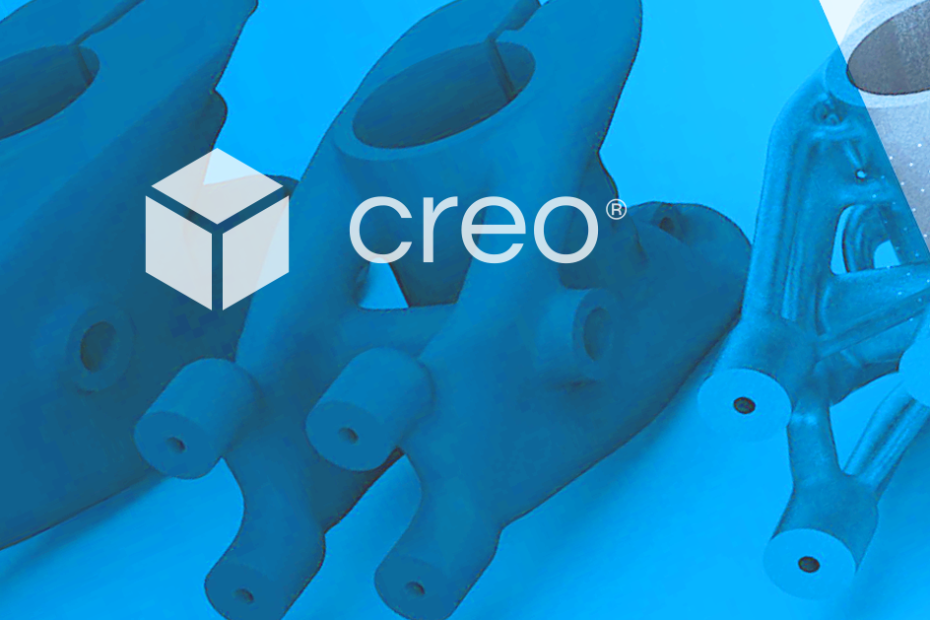Today’s market conditions require businesses to constantly reimagine their product offerings, putting pressure on design teams to innovate and stay at the forefront of technology, all while maintaining high standards for quality, performance, and cost reduction. This article is a summary of the first of a three-part webinar series will show you how Creo will inspire your designers to produce better products in less time by:
- harnessing the power of cloud computing and artificial intelligence to revolutionise your product design process with generative design in Creo;
- designing for modern manufacturing processes including advanced and bespoke lattice creation, product simulation, print tray optimisation, metal printing with support structures, precision NC machining and more;
- adding real-time simulation tools to the beginning of your development workflow to give your engineers instant feedback on their design changes and provide valuable insights on which design directions to explore next, in turn reducing rework and shortening your development cycle.
In this, the first installment of our Innovate with Creo series, Allan Thompson, PTC Technical Manager at LEAP Australia takes a look at the generative design tools within Creo, demonstrates them in action and explains how they can radically improve your designs. In the clip below, Allan provides an overview of the generative design tools available within Creo and their benefits.
Next, we take a deeper dive into Creo Generative Topology Optimisation (GTO), a fully integrated feature of Creo which uses the native Creo user interface for quick and easy optimisation set-up. Using GTO you can easily set up your starting, preserved and excluded geometry, set loads, contraints and contacts and define your design criteria. Watch the clip below to learn more.
In the following clip Allan shows Creo GTO in action, demonstrating just how easy it is to set up your geometry, physics and design criteria (including your materials, design goals and design constraints) within the tool.
Next we take a quick look at the Creo Generative Design Extension (GDX) which builds on the capabilities of Creo GTO by allowing you to send the processing to the cloud, enabling rapid design of experiments (DOE) studies without the need to invest in your own HPC hardware.
Finally, Allan presents a case study in which the use of Creo generative design tools helped Jacobs Engineering to reduce weight on structural components in the portable life support system (PLSS) they developed for NASA. The design optimisation using Creo ultimately resulted in an overall weight reduction of 20% and a peak stress reduction of 73%. This is followed by a quick summary of Creo’s generative design tools.
We hope you found this article informative. If you would like more information on Creo Generative Design you can download the e-book or submit an enquiry here.

